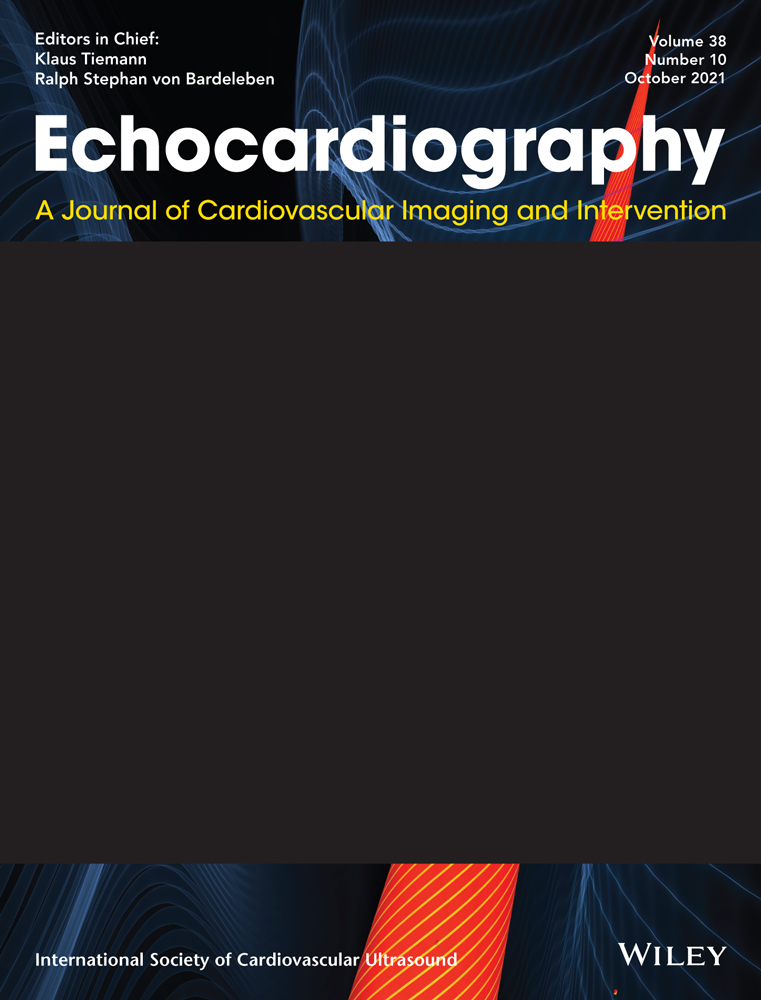An indolent cause of high-output heart failure in end-stage kidney disease—Application of the Nicoladoni-Israel-Branham test: A case report
Abstract
Background
A hemodynamically significant arteriovenous fistula (AVF) in end-stage kidney disease (ESKD) causes a high flow state, resulting in pathologic cardiovascular remodeling, and deserves timely clinical recognition.
Case
A 55-year-old woman with history of ESKD with deceased donor kidney transplant with failing graft function and baseline creatinine of 2.8 mg/dl presented to the clinic with nocturnal cough, orthopnea, dyspnea on exertion and pedal edema. Physical exam was notable for large, aneurysmal right brachial AVF. Transthoracic echocardiography (TTE) revealed left ventricular (LV) enlargement and hypertrophy and elevated cardiac output (CO) of 10 L/min, raising a clinical concern for high-output heart failure.
Decision making
A non-invasive assessment of the hemodynamic significance of the AVF was performed using a TTE. During temporary occlusion of the AVF, it was determined that about 27% of the resting CO was attributed to the AVF, suggesting hemodynamic significance. Nicoladoni-Israel-Branham sign was negative as there was no change in patient's heart rate, but this was potentially attributed to beta-blockade and chronic loading conditions. She underwent AVF banding and 2-month later her presenting symptoms resolved, and a TTE showed a decrease in resting CO of 7.6 L/min with normalization of LV size.
Conclusion
This case highlights several teaching points. Firstly, in patients with ESKD, a large AVF can contribute to a high CO state resulting in maladaptive cardiovascular remodeling. Secondly, TTE evaluation of the hemodynamic contribution of an AVF can be performed with the application of the Nicoladoni-Israel-Branham sign. Finally, some experts recommend pre-emptive banding or ligation of AVF after successful kidney transplantation as this has been shown to have symptomatic and cardiovascular benefits.
CONFLICT OF INTEREST
None to declare.




